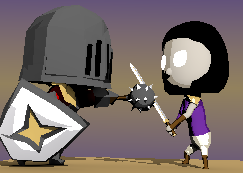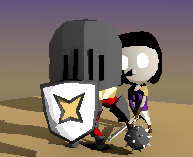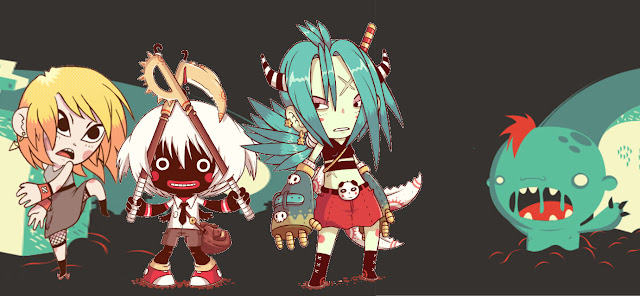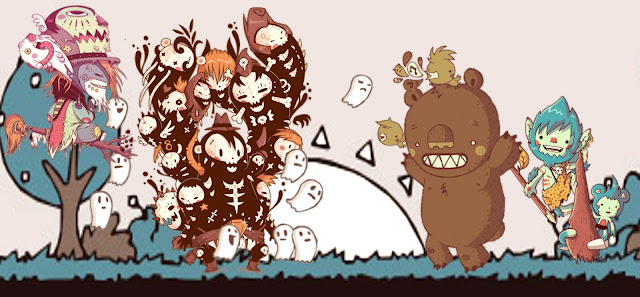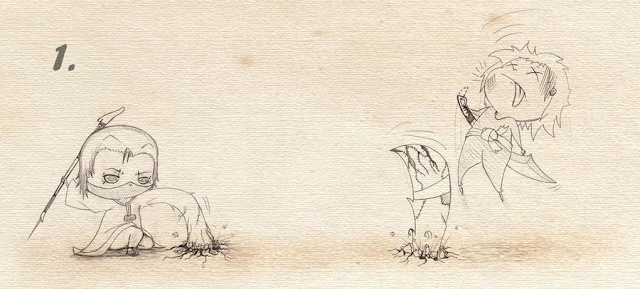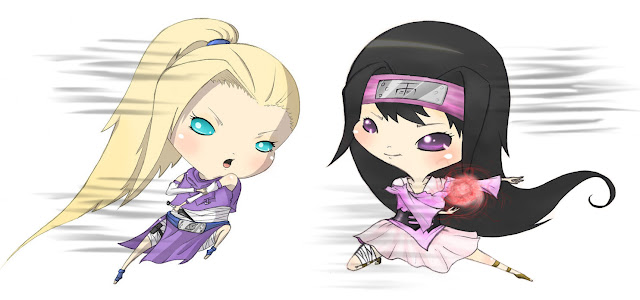In all Turn Based Combat RPGs, a virtual (and most times visible) queue is implemented to set each of the character's turn to perform actions, it was meant to emulate the Iniciative rolls used on P&P RPGs, consisting of a random number draw plus the reaction trait value of each character, this was simple enough for people to use on paper and it was simple for computer games too, but the lather can do so much more.
To make things more interesting in video games, the queue became Active, this meant that the player now had to input the characters actions with haste, since taking too long would allow Foes to cut in line and attack.
I don't think the Queue systems have changed that much over time, instead the addition of characters position and/or area of attack where used in some games to make the players take extra turns in order to reach certain foes, this added more depth to the game's tactical repertoire but turns where still just based on the NEXT! idea.
In this post I'll combine all of Rush's rules so far; and for this, let me introduce our contestants:
 |
| Necro-Jester Vs Dragon-Knight, and their party of course... |
One of Rush's Queue ideas, is to randomly generate the characters "roll" on every loop, this means that when a full round has been completed, the order in witch the characters will act is recalculated, thus adding a bit of chaos while creating a strategy in combat. It is a simple addition that could just be enabled on harder difficulty levels. Here are their party configurations:
 |
| The Order: Undead 00, D.Chain, Warbarian, Dragon Knight, Jester, Undead 01 and Sorceress. |



